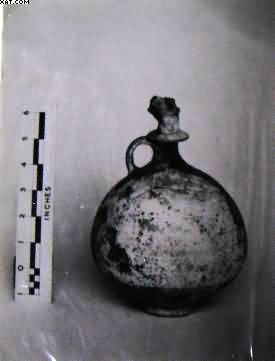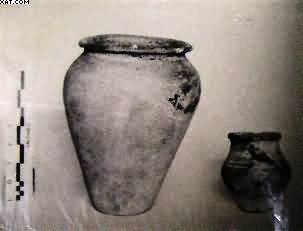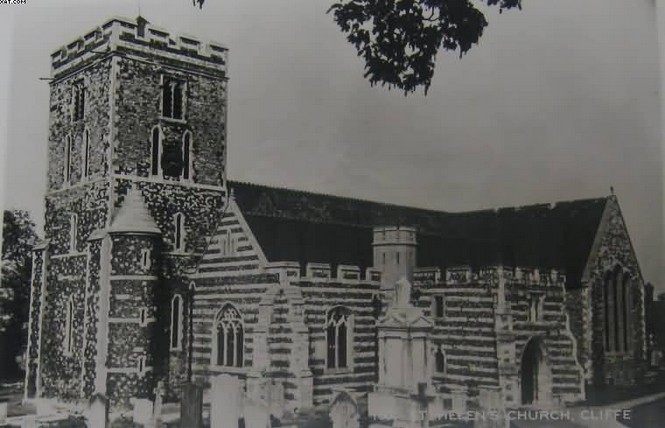Cliffe
Cliffe, we believe takes it’s name from the rock or cliff on which it stands, and is generally accepted as being the Cloveshoe or Cloveshoe where, between the years AD 742 and AD 825 no fewer than seven Anglo-Saxon Church Councils were held and were attended by three kings of Mercia (Æchilbald in AD 742, Cenulf in AD 800 and Bernulf in AD 822) and four Archbishops of Canterbury. Undoubtedly in those days it was a place of considerable size and importance, and probably remained so until the year 1520 when a widespread fire is said to have devastated Cliffe beyond recovery of its mediaeval importance. With the exception of the church very little appears to have survived the fire. To the south the wooded height of Lodge Hill terminates the view of fertile fields and orchards, and to the north there is the level green expanse of the marshes about one & half miles long. These marshes used to be the haunt of the dreaded ague which seems to have persisted until the coming of the cement industry in the middle of the nineteenth century. On the marshes are to be found various marsh-loving birds such as teal, widgeon, wild duck and plovers, and in severe winter wild geese and wild swans. In the olden days the marshes afforded great opportunity to the smugglers, and there is a story of one who did a good bit of smuggling at Cliffe Creek, and it was under a bench against a wall in the ‘Bull’ he lay while the exciseman was drinking smuggled gin on the seat above him.
 The numerous finds of Roman pottery, many of them estimated to be at least fifteen hundred years, provide much evidence of life as it was in the locality then. Some of the pots, urns, bottles, vases etc are all in remarkably good state of preservation as may be seen from the photographs. Quite a number have their way into museums, but many more, in varying degrees of completeness, repose on dressers and in cabinets in all parts of the village.
The numerous finds of Roman pottery, many of them estimated to be at least fifteen hundred years, provide much evidence of life as it was in the locality then. Some of the pots, urns, bottles, vases etc are all in remarkably good state of preservation as may be seen from the photographs. Quite a number have their way into museums, but many more, in varying degrees of completeness, repose on dressers and in cabinets in all parts of the village.During excavations for chalk carried out in the early 1920’’s near West Court as many as twenty separate graves were unearthed containing a number of bones and horns of various animals. These were identified by the British
Museum as belonging to domestic animals and the fact of them been in separate graves indicated that they probably belonged to cave dwellers. With these bones was found a curious knife which was identified as a ‘girdle hanger’ of early Saxon or Jutish make of the sixth century. Also at the same time a curious bronze implement was found and this was pronounced by the British Museum as a ‘bronze palstave’ dating about 1000BC which had evidently been interred with a British chieftain.

There are many who believe that at one time the shallow waters of the Thames came right up to the foot of the cliff on top of which the village stands and such names such as ‘Wharf Farm’ and ‘Wharf Lane’ support the idea.
It is however, more probable that these names arose from the fact that in mediaeval times ships and barges may well have sailed along the tidal creeks or inlets up to the wharves at the foot of the cliff.

The contrasting bands of flint and Kentish rag-stone mark the rebuilding done in the fourteenth century. This ‘striping’ is a feature of churches along the Thames Estuary.
